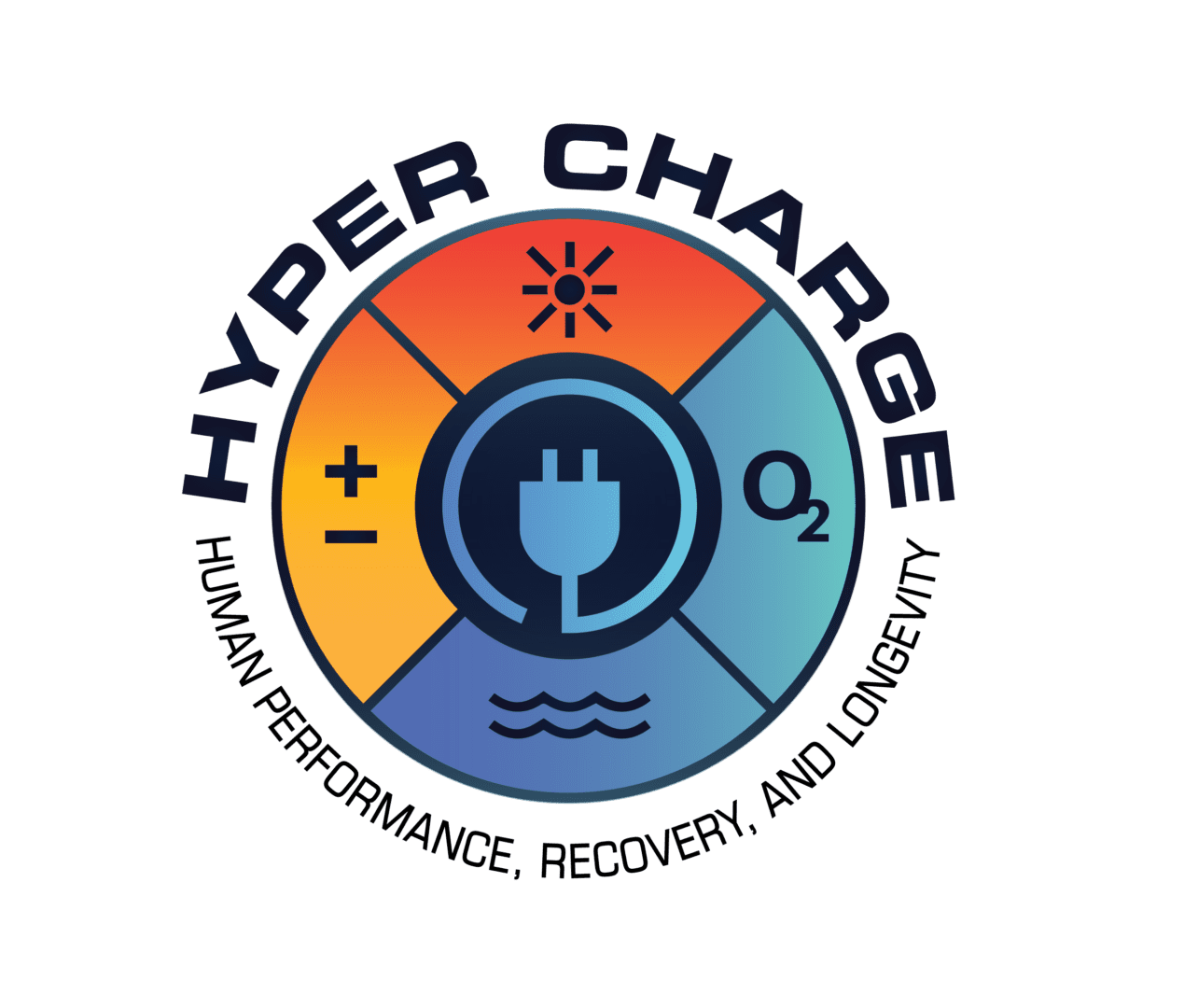We often talk about how red light can be harnessed to energize your cells and fuel key bodily processes, but in today’s blog, we want to talk about a different type of light – blue light. Blue light is part of the visible light spectrum, vibrating within the 380 nanometer to 500 nanometer range. This type of light has the shortest wavelength and the highest energy.
Roughly one-third of all visible light is blue light, with sunlight being the biggest source of blue light. However, plenty of artificial sources also emit blue light, like LED televisions, smartphones, laptops, computer monitors and tablets. This blue light can be helpful at times, as it boosts alertness, brain function and mood, and plays a role in your body’s natural sleep cycle. With that said, blue light can also have detrimental effects on the body, especially when it comes to excessive screen time from devices that are too close to your eyes.
According to the Vision Council, 80% of American adults use digital devices more than two hours per day, and 59% have symptoms of digital eye strain. That’s because our eyes are not very good at blocking blue light, which passes through the front of our eye and reaches the retina. Excessive blue light exposure could damage retinal cells and cause vision problems like macular degeneration or cataract formation. It’s important that you work to limit blue light exposure to help prolong the health of your eyes, but what are some of the best ways to prevent issues caused by blue light?
Preventing Blue Light Exposure
As we mentioned above, blue light can help regulate your circadian rhythm and jumpstart some other bodily processes, but you want to avoid overexposure to blue light from digital devices, especially at night. Here are some tips for limiting eye strain from digital devices.
- Consider Blue Light Glasses – Blue light glasses work to limit strain on your eyes because the lenses absorb some of the blue light being projected from the monitor or digital device, limiting the amount of blue light that reaches your retina. These may be more ideal for people who spend a lot of time on a computer or screened device during the day at work.
- Take Breaks – Really try to avoid extended periods of blue light exposure from digital devices, especially handheld devices. Consider following the 20-20 rule, which states that you should take a break to focus on something at least 20 meters away every 20 minutes when using a digital device.
- Keep The Devices Out Of The Bedroom – Late night device use can really cause issues for your eyes and your whole body. When it’s nighttime, your body and brain are winding down and preparing for sleep, but blue light exposure can trick your brain into thinking it needs to be awake and alert. This can make it harder for you to fall asleep when you finally put your phone down. The same goes for televisions or tablets in the bedroom. Keep these devices out of the bedroom, and it will be easier for your body to keep a healthy circadian rhythm.
- Screen Filters – Finally, you can also work to protect your eyes by putting screen filters on your devices. Similar to blue light glasses, these specific filters end up absorbing some blue light waves, which means less reaches your eyes and retinas. You can find blue light screen filters by performing a simple Google search based on the device you want to protect.
We can harness the power of light for good, but we also need to be aware of the damage it can do. Protect your eyes from digital strain and excessive blue light exposure, and you’ll increase your odds of having better eye health for years to come. For more information on blue light or red light therapy, reach out to the team at HyperCharge Clinic today.
